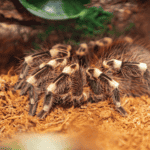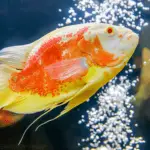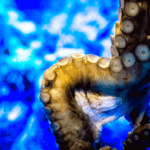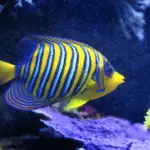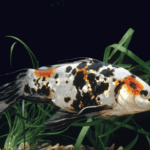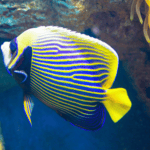Pet jumping spiders have gained popularity in recent years, cherished for their unique characteristics and fascinating behaviors. These small, agile arachnids are known for their impressive leaping abilities and have become a favorite among exotic pet enthusiasts. With proper care and attention, pet jumping spiders can thrive in captivity, offering enthusiasts abundant opportunities to observe these remarkable creatures.
Before deciding to adopt a pet jumping spider, it’s essential to familiarize oneself with the diverse species available in the hobby. Each species may have specific care requirements, so it’s crucial to research which jumping spider is best suited to your living situation and experience. Additionally, understanding how to set up a proper habitat, what to feed your spider, and how to maintain their health and longevity is necessary for successful spider keeping.
Key Takeaways
- Pet jumping spiders are cherished for their unique characteristics and fascinating behaviors.
- Familiarize oneself with the diverse species and their specific care requirements before adoption.
- Proper habitat setup, diet, and health maintenance are vital for successful jumping spider care.
Pet Jumping Spider Characteristics
Jumping spiders are fascinating creatures that have gained popularity as pets in recent years. In this section, we will explore the key characteristics of these unique arachnids.
Jumping spiders are part of the family Salticidae, which is the largest family of spiders with over 5,000 species. Their size ranges from 1 to 25 millimeters, with most species being relatively small. They have eight eyes, which provide excellent vision, making them effective hunters.
One of the most noticeable traits of jumping spiders is their ability to jump impressive distances. They can leap up to 50 times their body length, which is made possible by their unique hydraulic leg system. These agile hunters use their exceptional jumping skills to catch prey and navigate their environment.
Jumping spiders are known for their vibrant colors and patterns, which serve an essential role in courtship rituals. Males display their bright colors and perform elaborate dances to attract females. This contributes to their popularity as pets, as their aesthetic appeal is not just limited to their fascinating behaviors.
Pet jumping spiders require a relatively simple setup, making them low-maintenance pets. A small terrarium with proper ventilation, some bark or leaves for hiding, and a water source is sufficient for their housing. They mostly feed on insects such as flies and crickets, and are regarded as non-aggressive towards humans.
In terms of their lifespan, pet jumping spiders live anywhere from a few months to a couple of years, depending on the species and their environment. It is essential to maintain proper care and handling techniques to ensure a healthy and happy pet.
In summary, pet jumping spiders are small, agile, and visually appealing creatures that have piqued the interest of many hobbyists. With proper care and attention, they can make intriguing and low-maintenance pets that offer endless fascination.
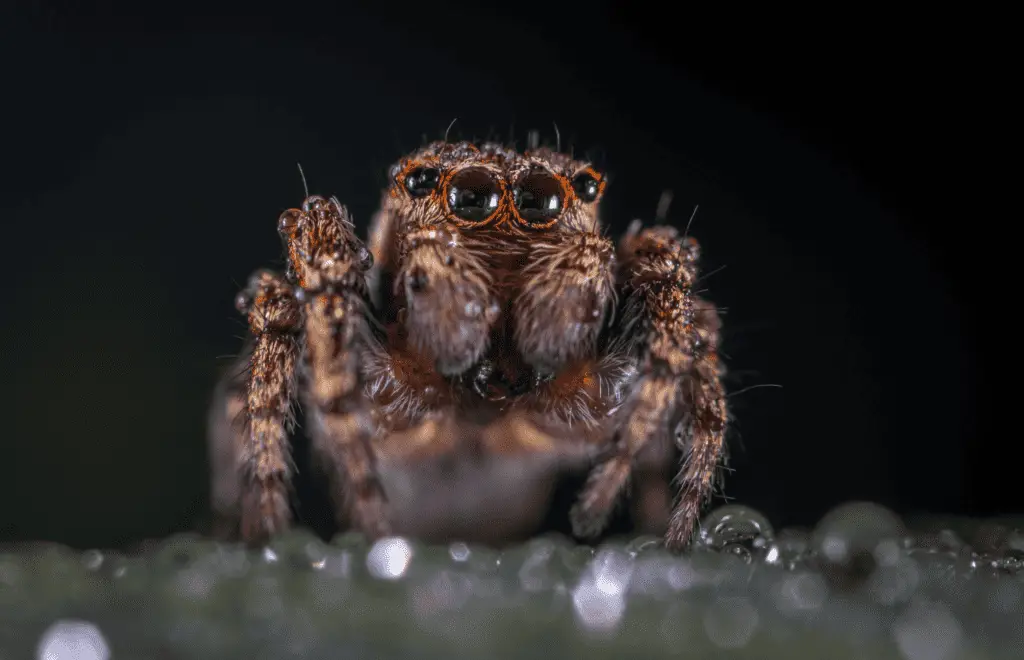
Species of Pet Jumping Spiders
Phidippus Regius
The Phidippus Regius is one of the most popular jumping spiders kept as pets. They are native to the southeastern United States and are commonly known as the Regal Jumping Spider. These spiders exhibit a variety of colors, including dazzling metallic hues on their chelicerae. Males typically have a body length of around 7mm, while females can grow up to 22mm.
We often recommend this species to beginners because of their calm nature, ease of care, and inquisitive disposition. They require a fairly simple setup, including:
- A well-ventilated enclosure
- A heat source (if room temperature is below 70°F)
- A hiding place
- Access to water
Phidippus Audax
Another popular pet jumping spider species is the Phidippus Audax, commonly referred to as the Bold Jumping Spider. They are native to North America and can be found in various habitats, such as woodlands, grasslands, and even urban environments. The adults measure 13-20mm in body length, with females being larger than males.
We find that Phidippus Audax is also suitable for beginners because they are easy to care for. They are quite adaptable and can thrive in a variety of conditions. Their care requirements are similar to those of the Phidippus Regius, with extra attention paid to humidity levels.
Euophrys Frontalis
The Euophrys Frontalis is a relatively lesser-known species, but it can still make a charming and fascinating pet. Native to Europe, these jumping spiders are smaller than their Phidippus counterparts, with males and females reaching only about 5-7mm in body length.
Caring for a Euophrys Frontalis is slightly more challenging than the other two species mentioned, primarily due to their smaller size, which makes handling and feeding more delicate tasks. Additionally, this species requires a higher humidity level in its enclosure.
In comparison to the other two species of pet jumping spiders, the Euophrys Frontalis might be more suitable for enthusiasts who already have some experience in spider care. Nevertheless, their captivating behavior and relatively low-maintenance setup can make them an appealing choice for dedicated pet owners willing to invest extra time and attention.
Related: Pet Tarantula: A Comprehensive Guide for Potential Owners
Housing and Habitat Setup
Terrarium Selection
When setting up a habitat for our pet jumping spider, it is essential to choose the right terrarium. Jumping spiders are known for their agility and curiosity, so we recommend selecting an enclosure that provides ample space for exploration. A suitable choice would be a 5-10 gallon (19-38 liter) terrarium with secure screening to prevent escape.
Substrate and Decorations
For the substrate, we can use a mix of coconut husk fiber and sphagnum moss, as it provides an ideal balance of moisture retention and aeration. We should also include some natural decorations, such as:
- Driftwood: Provides a place for jumping spiders to climb, hide, and explore.
- Fake or real plants: These offer additional coverage and climbing opportunities.
- Rocks: Assist in creating a more natural environment and give the spider options for resting spots.
Remember, we want to replicate their natural habitat as closely as possible while keeping safety in mind.
Temperature and Humidity
Maintaining proper temperature and humidity levels within the terrarium is essential for the health of our pet jumping spider. We should aim for a temperature range of 70-75°F (21-24°C) and a humidity level of 50-70%. We can achieve these conditions by using:
- A small heat mat, which should be placed on the side of the terrarium for a mild and safe heat source.
- Regular misting, carried out every 2-3 days with a spray bottle, to maintain optimal humidity levels.
Monitoring these conditions with a temperature and humidity gauge is recommended to ensure the well-being of our pet jumping spider. Remember not to overheat or over-mist the enclosure, as this can lead to health complications.
Diet and Feeding
Preferred Prey
As owners of pet jumping spiders, we understand the importance of providing a proper diet to our little friends. Jumping spiders are predators that thrive on a diet mainly composed of insects. Their preferred prey includes flies, mosquitoes, small moths, and fruit flies. When providing food for our spiders, we make sure to offer them an assortment of these insects to ensure a well-balanced diet.
Feeding Schedule
In our experience, a consistent feeding schedule is crucial to keeping our pet jumping spiders healthy and active. Adult jumping spiders should ideally be fed around every two to three days, while younger spiders may need to eat daily. When feeding, it’s important to provide an appropriate number of insects—usually one or two—for the spider to consume. Overfeeding can lead to obesity and health issues, so we aim to strike a balance suited to our spider’s needs.
Supplements
While a diet of live insects usually provides the necessary nutrients for our jumping spiders, occasional supplementation can promote optimal health. We recommend dusting the insects with a calcium supplement once a week to ensure a proper calcium intake, essential for a healthy exoskeleton.
Hydration
Finally, it’s vital to keep our pet jumping spiders properly hydrated. Jumping spiders do not drink from a water dish like some other pets. Instead, they prefer to drink water droplets from surfaces such as the walls of their enclosure. To keep our spiders hydrated, we mist their enclosures lightly once a day, providing a source of fresh water for them to drink. We make sure not to over-mist, as an overly damp environment can be detrimental to their health.
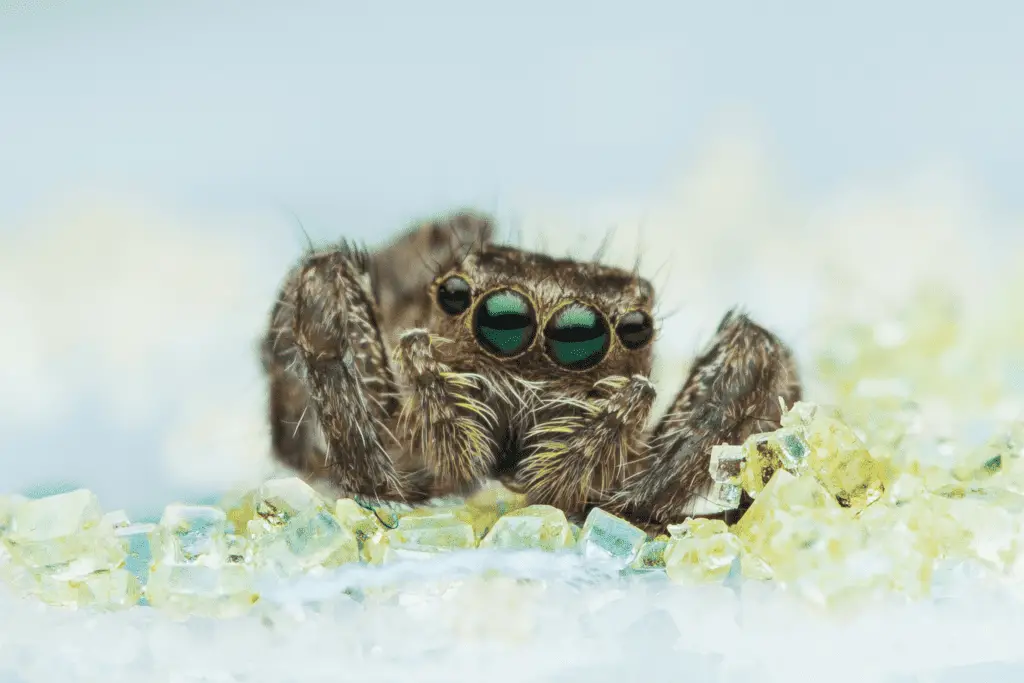
Health and Longevity
Signs of Good Health
When taking care of our pet jumping spider, it is essential to ensure they are healthy. A healthy jumping spider exhibits a few notable characteristics:
- Activity: A healthy jumping spider is usually active and alert when stimulated.
- Appetite: They should have a consistent appetite and hunt prey with enthusiasm.
- Shiny exoskeleton: Their exoskeleton should appear shiny and exhibit vibrant colors.
- Clear eyes: The spider’s eyes should be clear and free of any discharge or debris.
- Stress-free behavior: The spider should not show any signs of stress, such as excessive hiding or aggression.
Common Health Issues
Despite our best efforts, our pet jumping spiders may occasionally face health issues. It’s crucial to identify these problems early. Common health concerns for pet jumping spiders include:
- Molting issues: Molting is a necessary process for a spider’s growth, but sometimes complications can occur. If we notice our spider struggling to molt or leaving behind parts of its exoskeleton, it’s essential to provide additional humidity to aid in the process.
- Dehydration: Dehydration is a common problem for pet spiders. We can prevent it by ensuring the spider’s enclosure maintains adequate humidity. If we suspect dehydration, we can place a small dish of water with a sponge or cotton ball inside for the spider to drink from.
- Injuries: Jumping spiders are energetic and can occasionally injure themselves during jumps or falls. Regularly inspect the spider and its enclosure for any signs of injury, such as limping or cuts.
- Parasites and infections: Although relatively rare, our pet jumping spider may suffer from external parasites or infections that may need veterinary attention. Keep an eye out for any unusual symptoms like sudden lethargy, weight loss, or discolored patches on the spider’s exoskeleton.
By keeping a watchful eye on our pet jumping spider and addressing any signs of poor health promptly, we can ensure they live a long and healthy life.
Handling and Socialization
Approaching Your Pet
When it comes to handling your pet jumping spider, it’s essential for us to be gentle and patient. To approach them, we should first calmly open their enclosure and allow them to see our hand. By placing our hand in the enclosure slowly, we can let them crawl onto us, ensuring that they don’t feel threatened. We need to remember not to grab or pinch the spider, as this can cause them stress and even harm.
Social Interactions
Although most spiders are solitary creatures, jumping spiders display a unique curiosity towards humans and other creatures. It’s important for us to provide a stimulating environment for our pets, as it can help to build trust and promote positive social interactions. We can achieve this by introducing new items into their enclosure, such as small toys or novel surfaces. Additionally, we can also encourage interactions with other household pets, but always under close supervision to prevent any harm.
Remember that our pet jumping spiders may have different personalities and preferences, so we should closely observe their behavior and adapt our handling and socialization methods accordingly. By doing so, we can ensure a happy and healthy environment for our unique and fascinating pets.
Breeding Process
Selecting Mates
When breeding pet jumping spiders, the first step we need to focus on is selecting mates. We must ensure that the spiders are sexually mature and healthy. Males tend to reach sexual maturity earlier than females, so it is crucial to wait for the females to mature as well. To differentiate between male and female spiders, we can observe their body size and secondary sexual characteristics. Males are usually smaller and have more vibrant color patterns.
Once we have identified a suitable male and female pair, we can introduce them carefully. Keep in mind that timing is essential. Jumping spiders are known to be cannibalistic. Therefore, we must monitor their interactions closely, and be prepared to separate them if necessary.
Egg Laying and Incubation
After a successful mating, the female spider begins to create an egg sac. This process can take several days. The female jumping spider will carefully lay her eggs in the sac and then seal it with silk. The location of the egg sac may vary – it could be placed in the corners of the enclosure or attached to a solid surface.
During the incubation period, we should maintain optimal temperatures and humidity levels to encourage healthy development. Jumping spider eggs usually hatch within 2 to 4 weeks, depending on the species and environmental conditions.
Raising Spiderlings
Once the eggs hatch, we need to provide a proper environment for the spiderlings to grow. It is important to separate them from the adult spiders to avoid cannibalism. We can place each spiderling in a smaller container, ensuring that the enclosure has proper ventilation and enough space for them to explore.
Feeding the spiderlings is vital for their growth. Small insects such as fruit flies or pinhead crickets can be offered as food. Ensure that the food items are of appropriate size – not too large, as this may overwhelm the spiderlings. During the first few weeks, the spiderlings will molt multiple times. We should monitor them closely during this period and avoid disturbing them while they molt.
As the spiderlings continue to grow, we can gradually increase the size of their enclosure and the prey items being offered. With proper care and attention, they will eventually develop into beautiful, healthy adult jumping spiders.
Frequently Asked Questions
How do I identify different jumping spider species?
There are thousands of jumping spider species, so identifying specific species may be challenging. Look for unique features like color patterns, size, and markings. We recommend consulting a field guide or online resources dedicated to arachnids to help with identification.
What kind of enclosure is suitable for a pet jumping spider?
Jumping spiders need a well-ventilated, secure enclosure with enough space to explore and hunt. A small to medium-sized container, like a plastic terrarium or a large glass jar, works well. We suggest providing branches, leaves, and bark for hiding and climbing, and maintaining moderate temperatures and humidity levels.
Where can I buy a captive-bred jumping spider?
Purchasing a captive-bred jumping spider is the most responsible option to ensure you don’t harm wild populations. You can find captive-bred specimens through reliable pet stores, online vendors, or breeders specializing in arachnids. Make sure to research their reputation before making a purchase.
What is the lifespan of a jumping spider in captivity?
The lifespan of a jumping spider in captivity depends on the species, but they typically live for one to two years. Proper care, including a clean enclosure, appropriate temperatures, and a steady supply of food, can help ensure your pet spider lives a healthy and long life.
Do pet jumping spiders bite, and is it harmful?
While jumping spiders are generally docile and rarely bite, they may do so if threatened or mishandled. Their bite can cause mild pain, itchiness, and redness but should not be harmful to humans. We recommend treating any bite with soap and water, and contacting a medical professional if you experience an allergic reaction.
Is it possible to keep more than one jumping spider together?
We generally advise against housing multiple jumping spiders together, as they are largely solitary creatures. Sharing an enclosure can lead to territorial disputes and cannibalism. For the well-being of your pet spiders, it’s best to keep them in separate enclosures.

